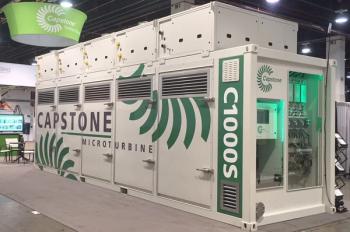
3,000 miles of offshore transmission needed in U.S. to support wind
An
In total, U.S. wind developers have proposed over 24,000 MW of offshore wind plants, of which approximately 15,000 MW involves projects that have acquired rights to the necessary offshore sites. While this scale of proposed offshore wind generation is still modest compared to global offshore development efforts, it will likely be sufficiently large to stimulate local manufacturing of offshore wind generation components and development of the necessary deployment infrastructure.
"Most of the proposed offshore wind developments will require 30 to 60 miles of offshore transmission to reach the shore," noted Brattle Principal Johannes Pfeifenberger, a co-author of the study. "If constructed as generation tie lines to individual wind farms, 20 individual transmission lines (each able to serve a 400 MW wind plant) would be needed to interconnect the 8,000 MW of committed offshore wind developments. Our analysis shows that, at this scale of offshore wind development, the development of offshore transmission grids that can interconnect multiple wind plants can offer significant advantages over reliance on individual generation tie lines."
The advantages of offshore grids to integrate the large scale of proposed wind developments include:
- Lower cost due to scale economics
- Improved use of right-of-ways and lower environmental impacts due to fewer landing points that disturb coast lines
- Increased redundancy for delivering offshore wind generation
- The ability to reinforce the onshore grid with the offshore transmission network
- Open access to enable more competition between wind developers
- Ability to introduce competition among experienced transmission developers
Newsletter
Power your knowledge with the latest in turbine technology, engineering advances, and energy solutions—subscribe to Turbomachinery International today.





